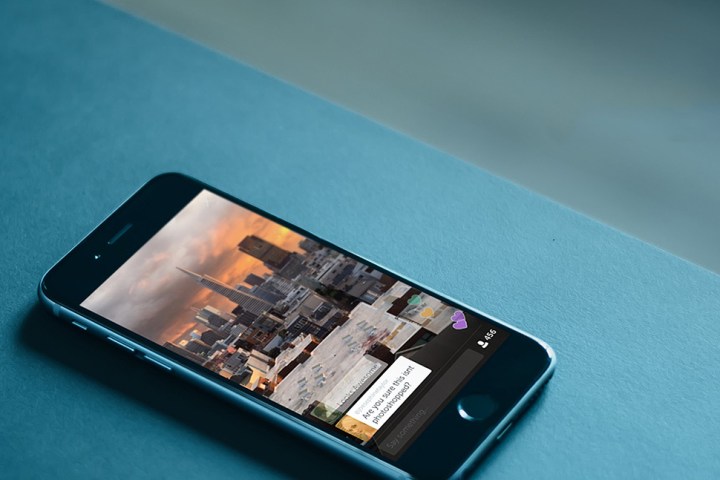
In a Medium blog post published Monday, the Periscope team writes, “We’ve come a long way since then and we have you, our community, to thank.” And after just 12 months of active service, the video-streaming app/service certainly has plenty to be proud of. The 200 million broadcasts have resulted in “over 110 years of live video watched every day on iOS and Android,” Periscope says, which is a pretty terrifying way to quantify how much time we’re spending collectively on our social media sites.
Periscope’s growth has been pretty meteoric: Back in August, the service reported 10 million total accounts collectively watching 40 years of video streams (a figure that has since been dwarfed).
But despite Periscope’s strong performance metrics, it’s difficult to tell how much better (or potentially worse) the company is doing in comparison with other similar services like Facebook Live. And with YouTube Connect soon to be joining the space, staying unique and differentiable may become more and more challenging.
Still, Twitter is clearly banking on Periscope’s continued success to keep the “140-character” company afloat. Speaking with Bloomberg, CEO Jack Dorsey noted that Twitter “still centers around bringing people together to watch live events in the place where information comes the fastest,” and Periscope is certainly an integral component to that mission. Back in February, Dorsey promoted the head of Periscope to the executive team, further highlighting the importance the service will play in the company’s overall trajectory.


